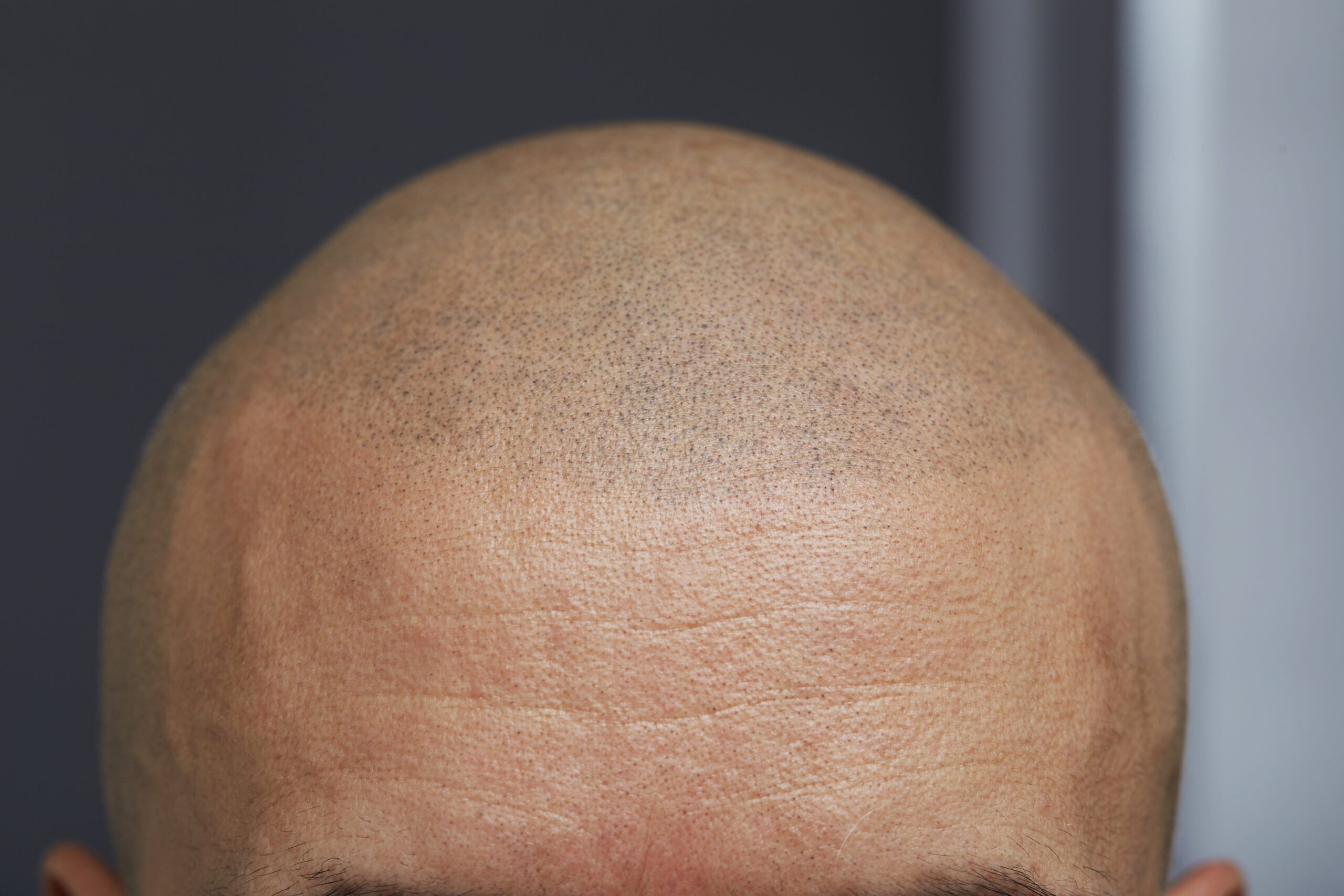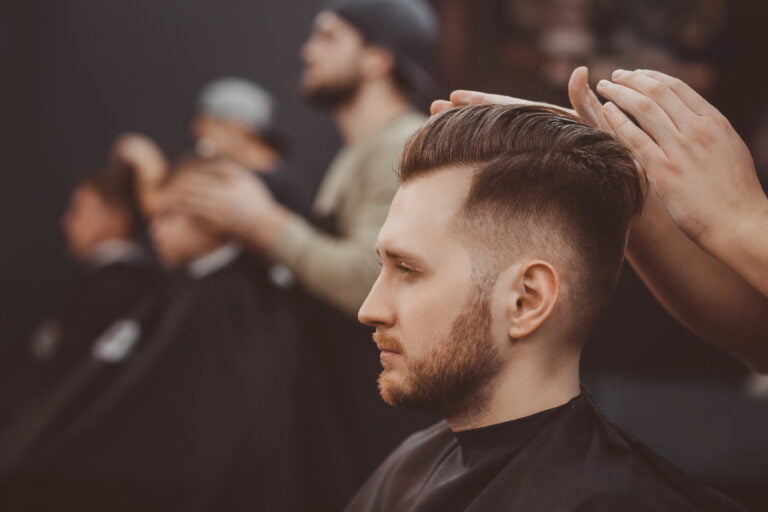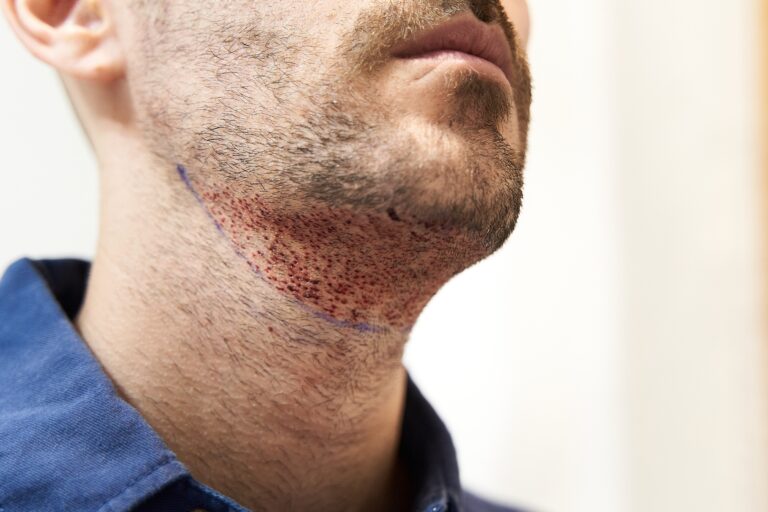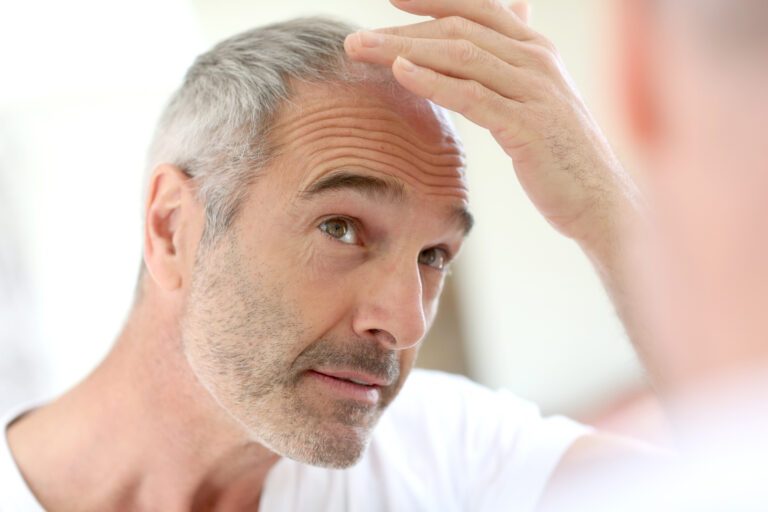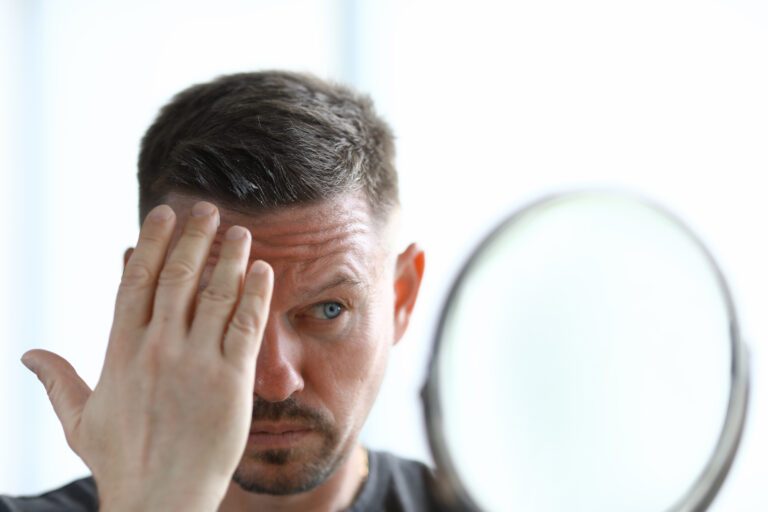Are Hair Transplants Permanent? Your New Hair Over Time
One of the most frequent questions that surgeons get from their hair transplant patients is: How long do hair transplants last?
It’s a valid question, and everyone deserves an honest answer.
Hair restoration procedures can last for your entire lifetime if maintained properly. The purpose is to eliminate pattern baldness altogether, and it’s rare for people to redo the whole thing.
Still, there are points that you need to remember to ensure that your hair grafts don’t fall off. So, keep reading, and let’s answer all your hair restoration questions.
What Happens in a Hair Transplant?
Hair restoration surgery is a popular and effective way of battling hair loss. It involves taking out hair grafts from healthy patches of the scalp and surgically replanting them on the balding area.
There are two types of hair transplant procedures currently in use: follicular unit extraction and follicular unit transplantation. Both methods are safe with very minimal risks.
Follicular Unit Transplantation (FUT)
In this hair restoration procedure, the doctor cuts a strip of your scalp skin with healthy hair grafts. The size of the strip depends on the size of the bald area that you want to cover.
After removing the patch of scalp skin, the healthy follicles are taken and reinserted on your scalp. The whole process could take around four to eight hours.
Follicular Unit Extraction (FUE)
This method of hair transplant involves removing individual hair follicles from a healthy donor site. Afterward, the surgeon plants the hair grafts on the spot that needs hair repopulation.
FUE is currently the most popular type of hair restoration technique. However, because of its meticulous process, it takes longer operation time to complete.
How Long Do Hair Transplants Last?
If you’re asking: “Do hair transplants last forever?” you have a legitimate concern. After all, no one wants to do the surgery repeatedly to restore their crowning glory.
Well, we’re here to bring the good news: the effects of hair transplantation can last for decades. With proper care and maintenance, it can even keep up for your entire life.
Once all the hair follicles are inserted into the recipient area of your scalp, the healing process starts. During this time, you’ll observe the newly formed hairline on the once-bald spot.
However, remember that you may experience shedding within the first few weeks after the surgery. It can sound frustrating, but it’s a normal part of your scalp’s healing, called shock loss.
The recovery phase takes around 6 to 12 months before the transplanted grafts begin to grow. Afterward, you’ll have more permanent hair that’ll continue to grow naturally.
Success Rate of Hair Transplants
The success rate of your hair restoration heavily depends on the clinic you choose. So, make sure to pick trusted, professional hair clinics for your hair transplant.
Low-end clinics with unqualified staff can significantly drop the grafts’ survivability. In fact, complications are common in botched hair transplant procedures.
On the other hand, reputable hair clinics follow safe and effective protocols in the extraction, transplantation, and treatment of grafts. This way, you can rest assured of the results.
Aside from the clinic, your sanitary and hygiene practices after the surgery are also crucial. An unsanitary environment can develop into an infection that breeds many headaches.
If a bacterial infection occurs, you’ll be at risk of developing issues that can affect your health, including the results of the hair transplant. Keloids, necrosis, and folliculitis are some examples of infection-driven concerns.
What Are the Chances of a Redo?
Albeit low, the chances of redoing a hair transplant depend on several factors. These factors include the degree of baldness, the number of donor grafts, and your suitability for the transplant.
Suitability
Suitability refers to your body’s ability to accept hair transplants. Thus, those with severe hair loss cases aren’t likely to end up with good results.
One example of this is an individual with alopecia areata. It’s an autoimmune disease characterized by uncontrollable hair loss.
The problem with this type of alopecia is that it attacks every hair on the person’s scalp. It renders hair transplantation useless as the grafts can fall off anytime.
Quantity of Grafts
In addition to suitability, the number of grafts available can also push for a redo. Ideally, the donor site should have enough hair follicles to cover the recipient area.
As a matter of fact, it’s one of the deciding factors for transplant suitability. If the number of surrounding hair follicles is sparse, you may need to repeat the process a few times.
Hair Transplant Maintenance
Proper and consistent maintenance is necessary if you want your hair to last. That said, here are some after-care tips for your crowning glory.
1. Hair Wash
Hair washing is perhaps the most important care tip. It’s an essential part of hygiene and sanitary protocol after your hair restoration transplant.
Ultimately, how you wash your hair will significantly influence the final result of the surgery. It helps clean the cuts and prevents infections and complications.
2. Sleeping Position
During the first weeks after your FUE and FUT, it’s vital that you touch the surgical sites as little as possible. It means avoiding any occasion that can disrupt your scalp’s healing.
For this reason, your doctor may ask you to assume sleeping positions that won’t ruffle your hair. Some clinics will also provide special pillows you can use in this situation.
3. Monitoring Your Activities
Finally, you should limit your movements immediately after the surgery. Avoid any laborious tasks that may cause your scalp to sweat.
If you’re a smoker, you may need to lay it off for a few months. You should stay away from alcoholic beverages as well, as they can compromise the healing of wounds and cuts.
Bottom Line
So, how long do hair transplants last? Are hair transplants permanent?
Generally, hair restoration lasts for decades—even a lifetime! Still, some factors play crucial roles in how long the hair grafts can hold onto your scalp.
The clinic’s reputation, your suitability for a transplant, and hair transplant maintenance all contribute to the success of your hair restoration. Follow a trusted doctor’s lead, and your hair should regain its glory in no time!

